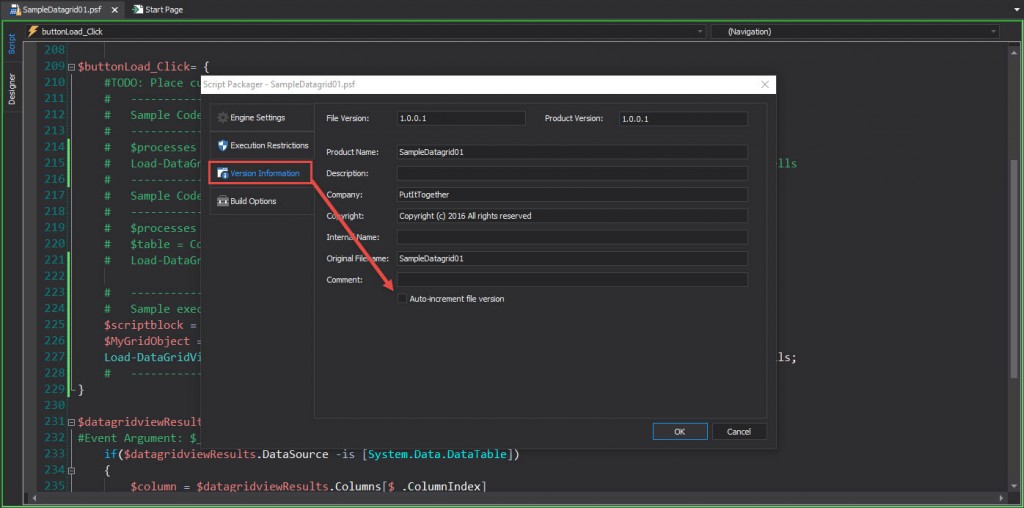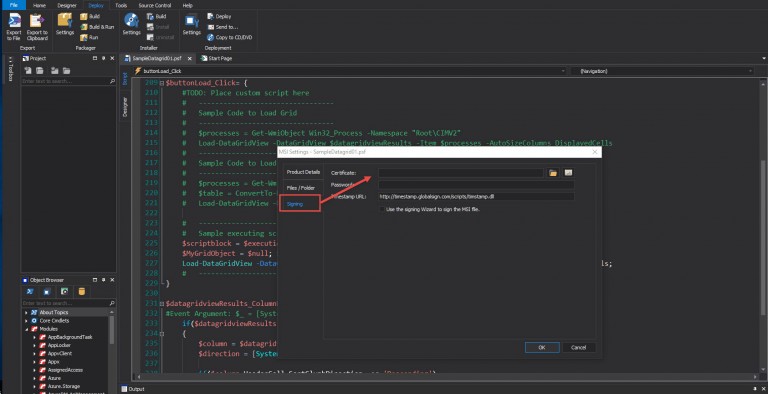

We can also attach actions to various elements on our form. Notice that the buttons snapped automagically to the grid position we have defined.īut WPF GUIs are not just about displaying elements. Notice this time instead of using a TextBox element, I'm using Button elements referencing the Content properties to display the label and referencing the grid column and row positions like before. $xaml = (New-Object $xaml)Īt this point, you should now see a window with a single text box inside it.Īt this point, we can begin adding elements to the window. Let's fix that by adding a text box in the first column and first row of the grid and display the window again. There is a grid in the window, but there are no elements inside of the grid. When you run this, you'll notice nothing looks different. I will add the grid element inside the XAML and specify a few row and column definitions. Next, I can add an element to this window. This should display an extremely simple window. I'll then pass the XmlNodeReader object to the Load() static method on the XamlReader class to create our window and then use the ShowDialog() method to display the window on the screen. This will create an XmlNodeReader object for me. To do that, I will pass it to the XmlNodeReader class as an argument.

To create the most basic window in WPF, I'm going to create an XML string and cast it to an XML object using : $xaml = I have created the XAML string, I need to create an object the XamlReader class understands. WPF represents Windows in XML, so you'll have all of the familiar XML properties like namespaces. Once you've loaded the assembly, you can now begin creating a basic window.

Add-Type -AssemblyName PresentationFramework


 0 kommentar(er)
0 kommentar(er)
